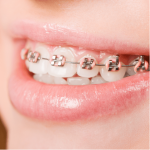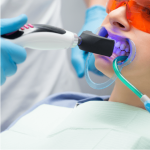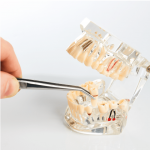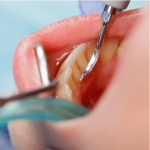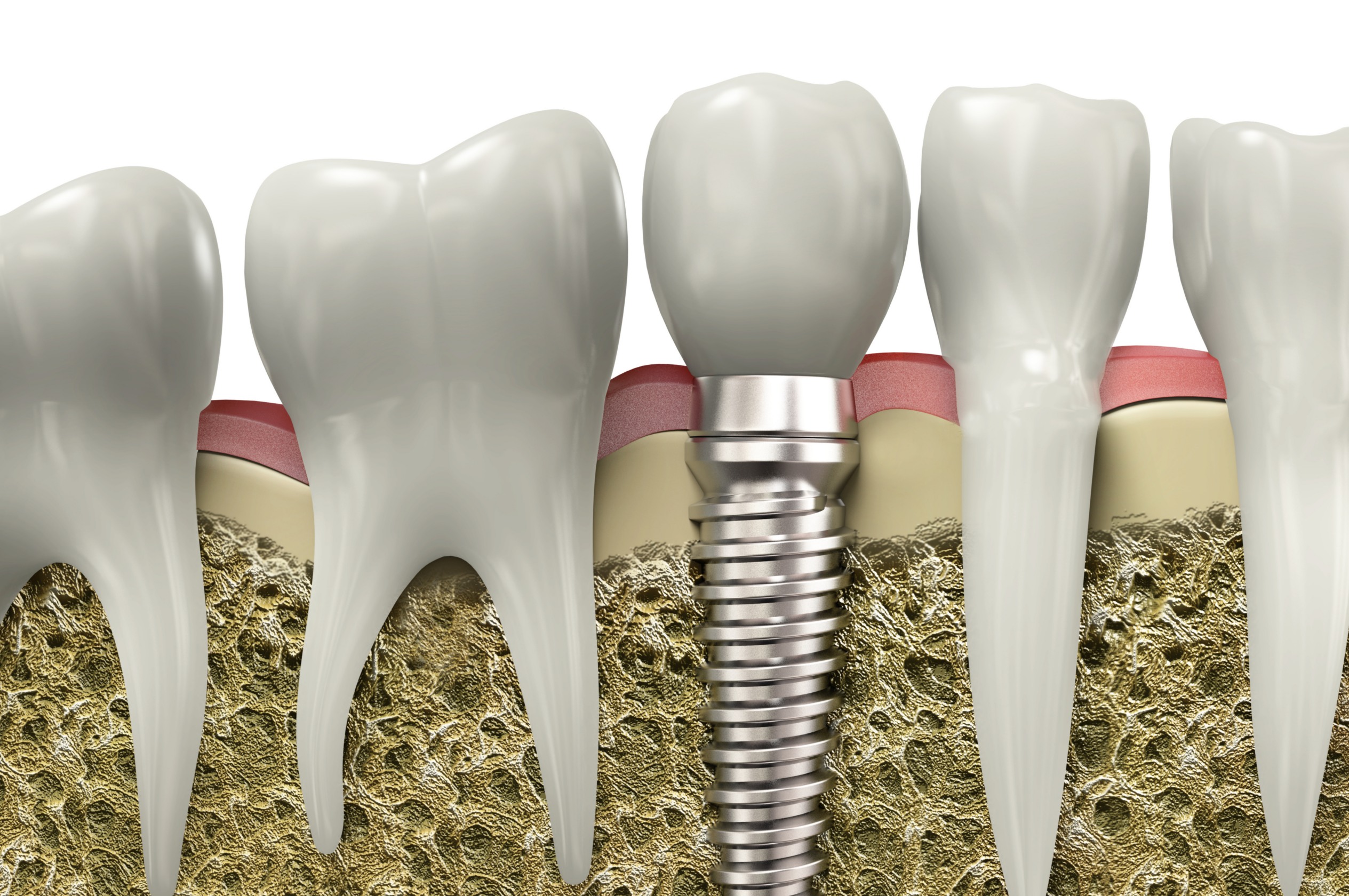
Bone Grafting
Bone grafting is a commonly used procedure to replace jawbone tissue lost due to missing teeth, periodontal disease, or traumatic injury. The surgery is particularly helpful for patients who might otherwise lack the bone to support dental implants as well.
What is a graft?
During a bone grafting procedure, your doctor surgically places bone or synthetic material into the jaw to encourage new bone growth. The grafting material both increases the tissue density and acts as a scaffold for new growth. Over time, it is gradually replaced by the patient’s natural bone.
In dentistry, bone grafting is most often recommended as a way to boost a patient’s chances for dental implants. Tooth loss often leads to jawbone deterioration, hence many patients who need implants lack sufficient bone tissue to anchor them. However, a graft can potentially trigger new growth and lay the foundation for successful implants.
Before beginning the procedure, local anaesthesia will be administered for your comfort. If the grafting material comes from your own body, the doctor must first harvest it from its source – usually the chin. If not, he can immediately make an incision in the gums to access the jawbone. He can then attach the grafting material directly onto the bone tissue and stitch up the gums. The entire procedure usually takes an hour or two.
In some cases, your doctor can place an implant immediately after the bone graft procedure. However, surgery may take longer in certain cases. For example, the doctor may also need to place a special membrane to enhance bone growth, a process known as guided tissue regeneration (GTR). If you need an implant in your upper jaw, the doctor may also perform a sinus lift or augmentation, a special type of bone grafting which lifts up the thin membrane separating the mouth and the sinus cavity.
Recovery
After the procedure, patients are advised to go home and rest. While you may experience some mild discomfort and swelling, you can typically control this with pain killers and the application of an ice pack over the area that is affected. Most patients return to their normal activities within a day or two.
If the doctor does not place the implant at the same time as your bone grafting surgery, you will need to wait for the site to heal. If, after three to six months, the graft has successfully triggered new growth, we can plan an appointment for implant placement.
Please do not hesitate to contact us at +60 111 111 0660 to enquire about bone-grafting procedures at our clinic. Our experienced staff will be able to give you accurate information and help you on your journey of dental implants.

